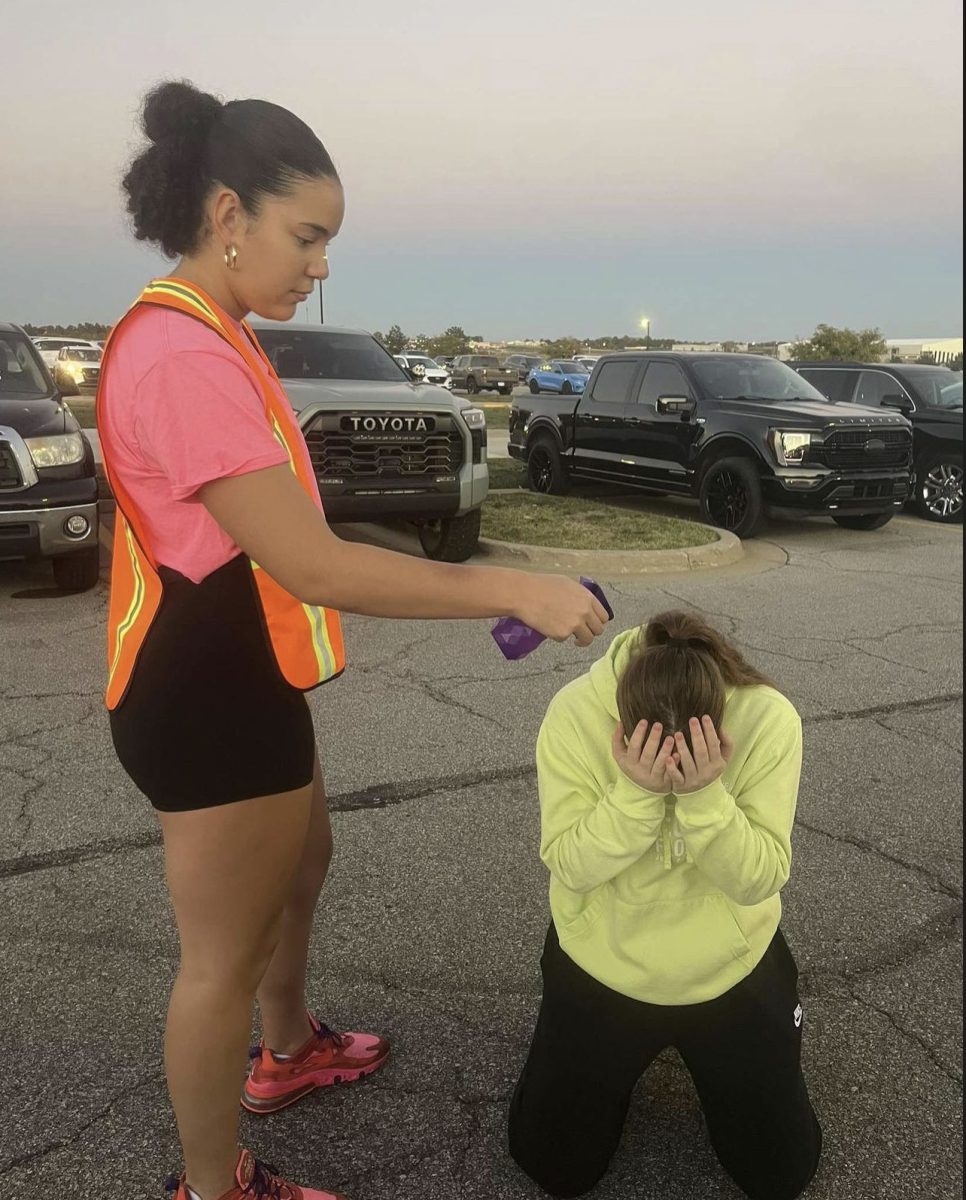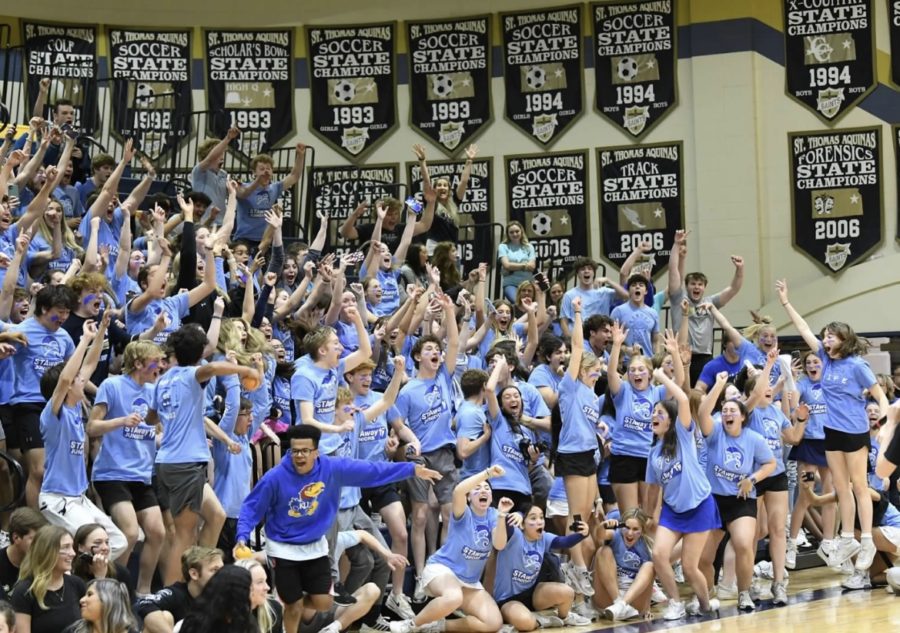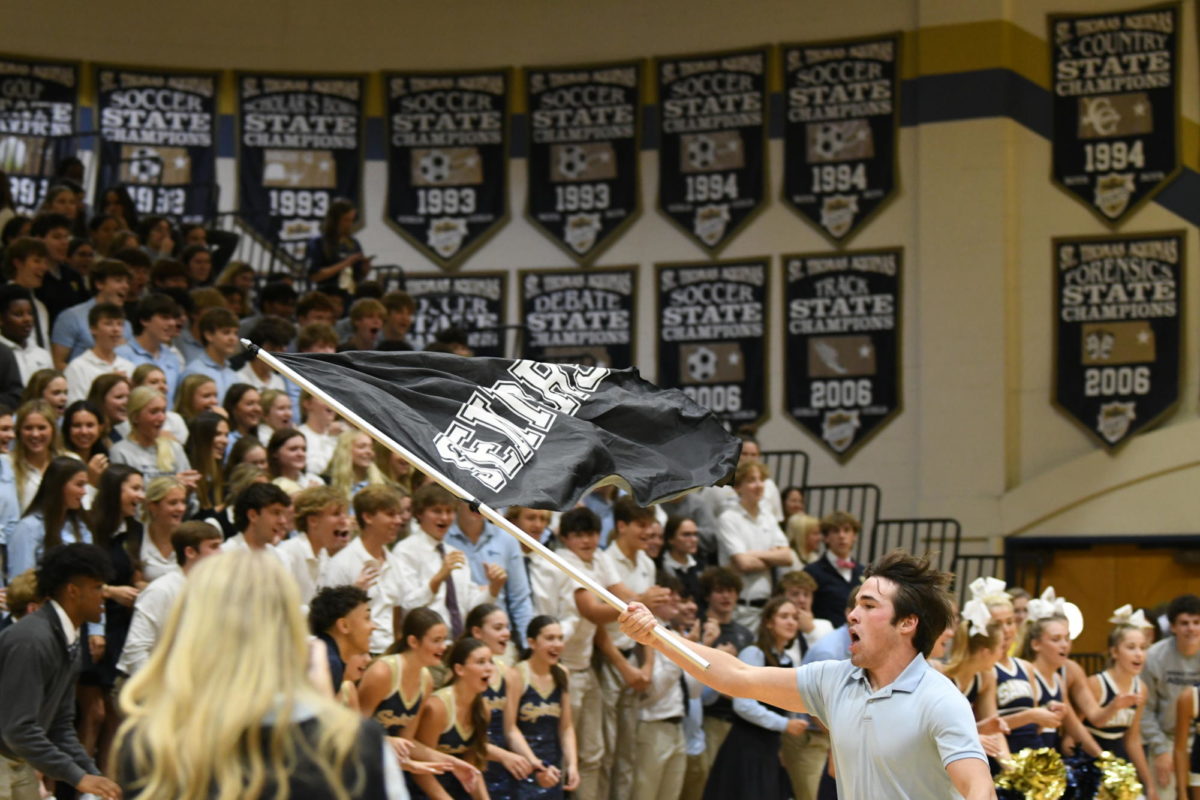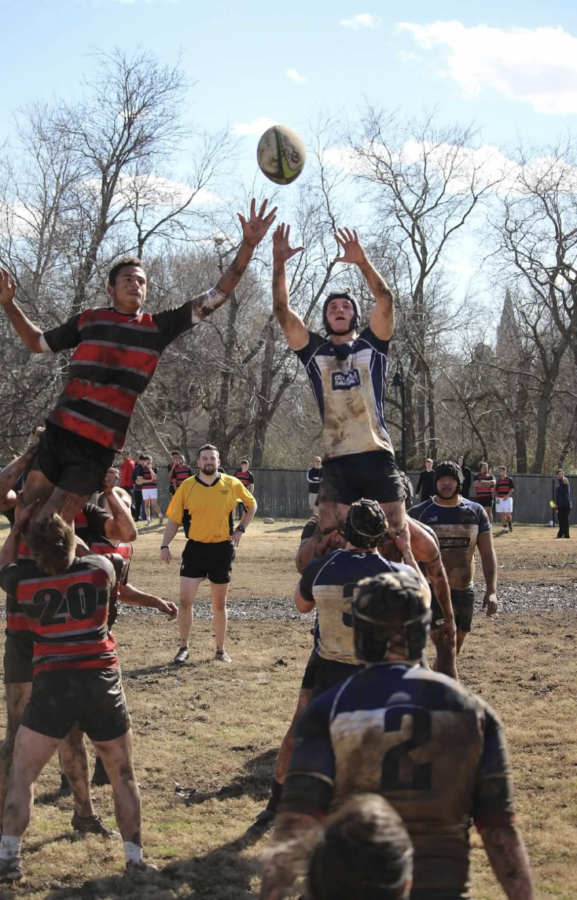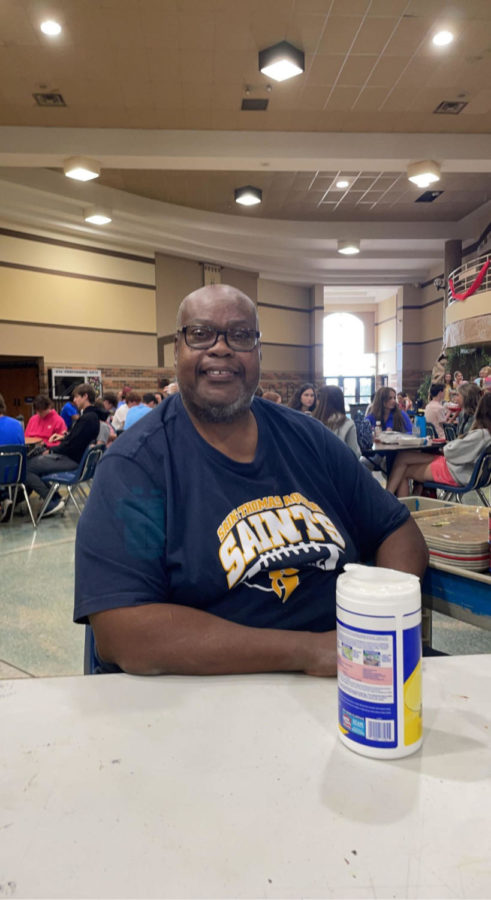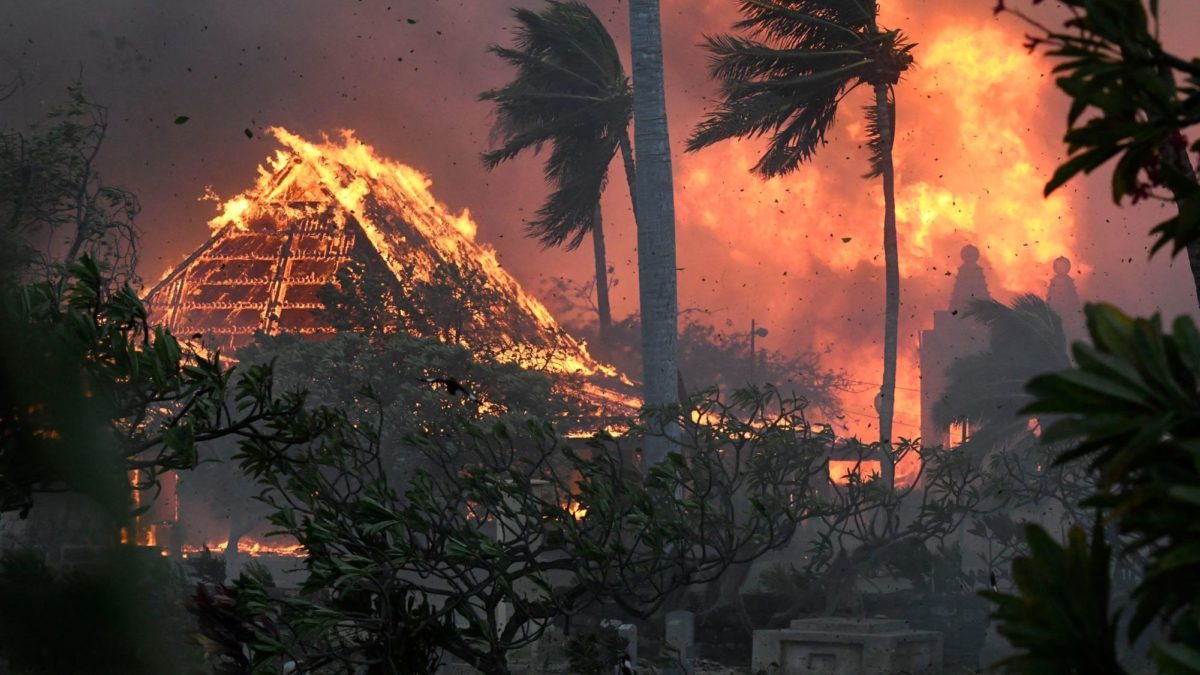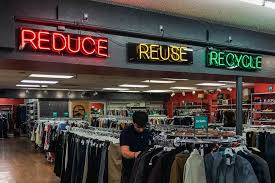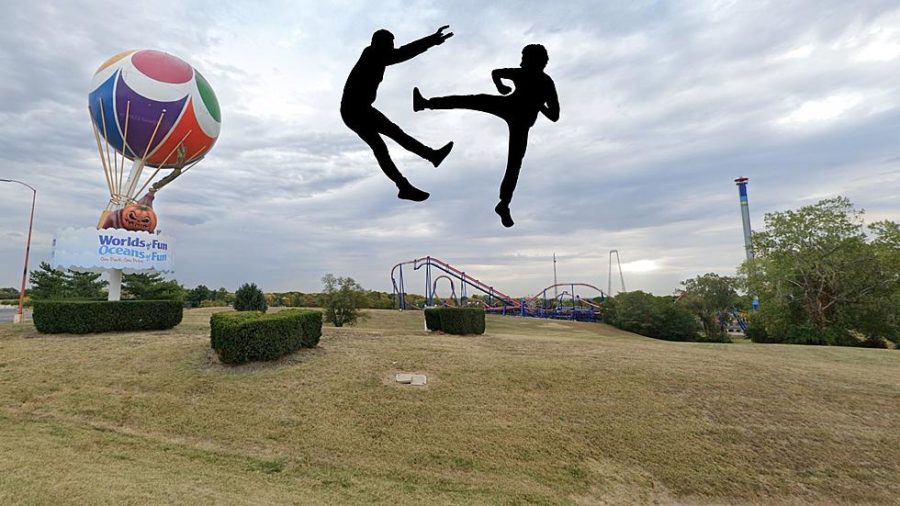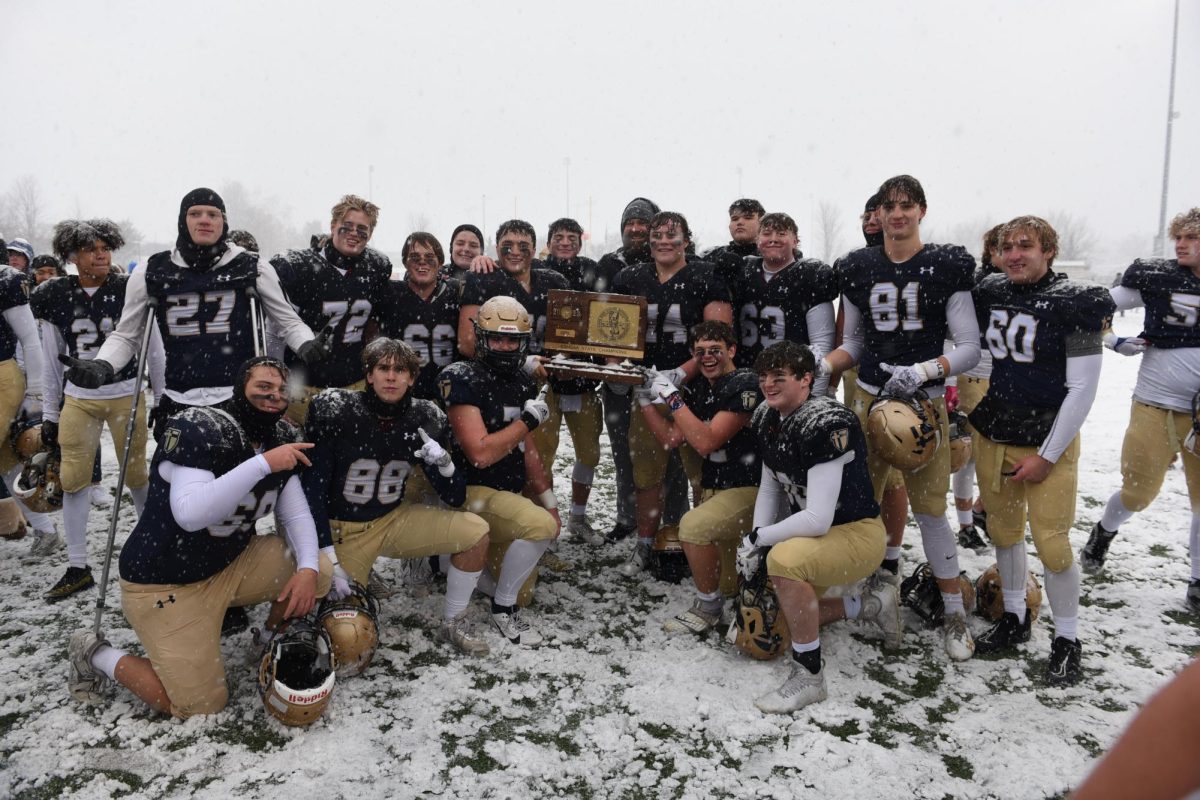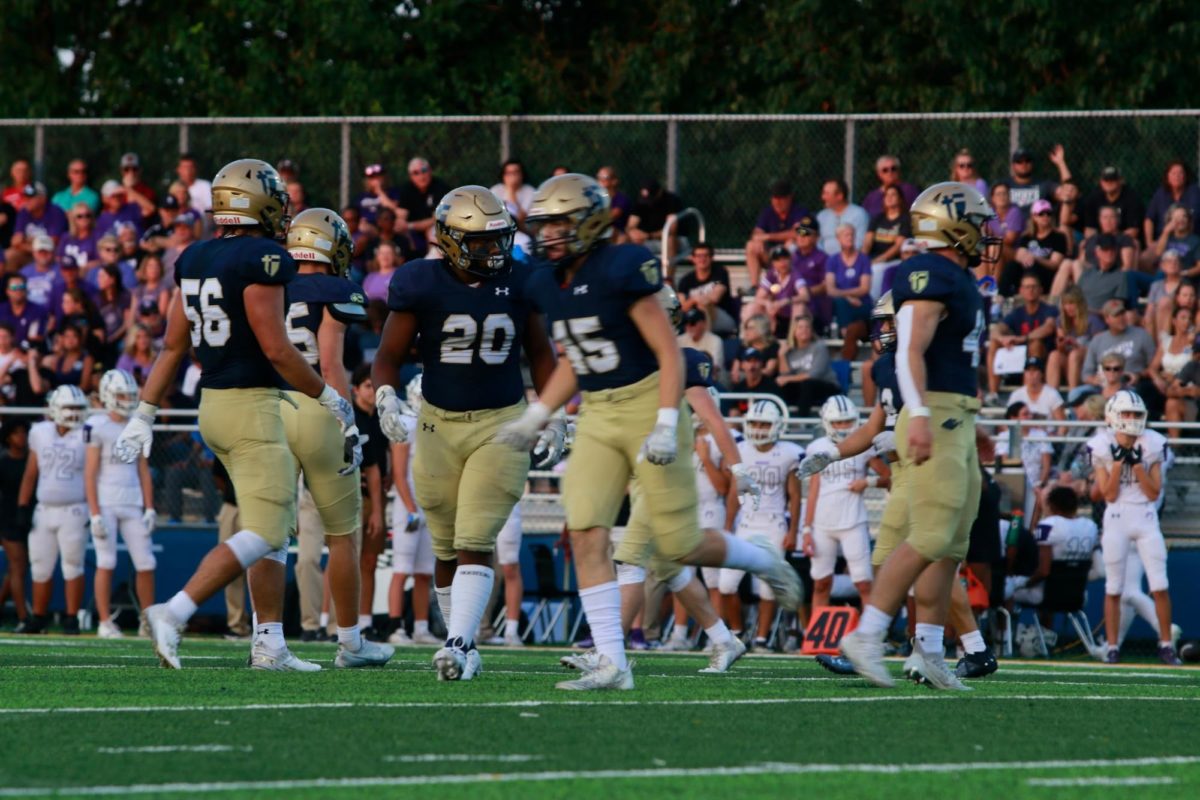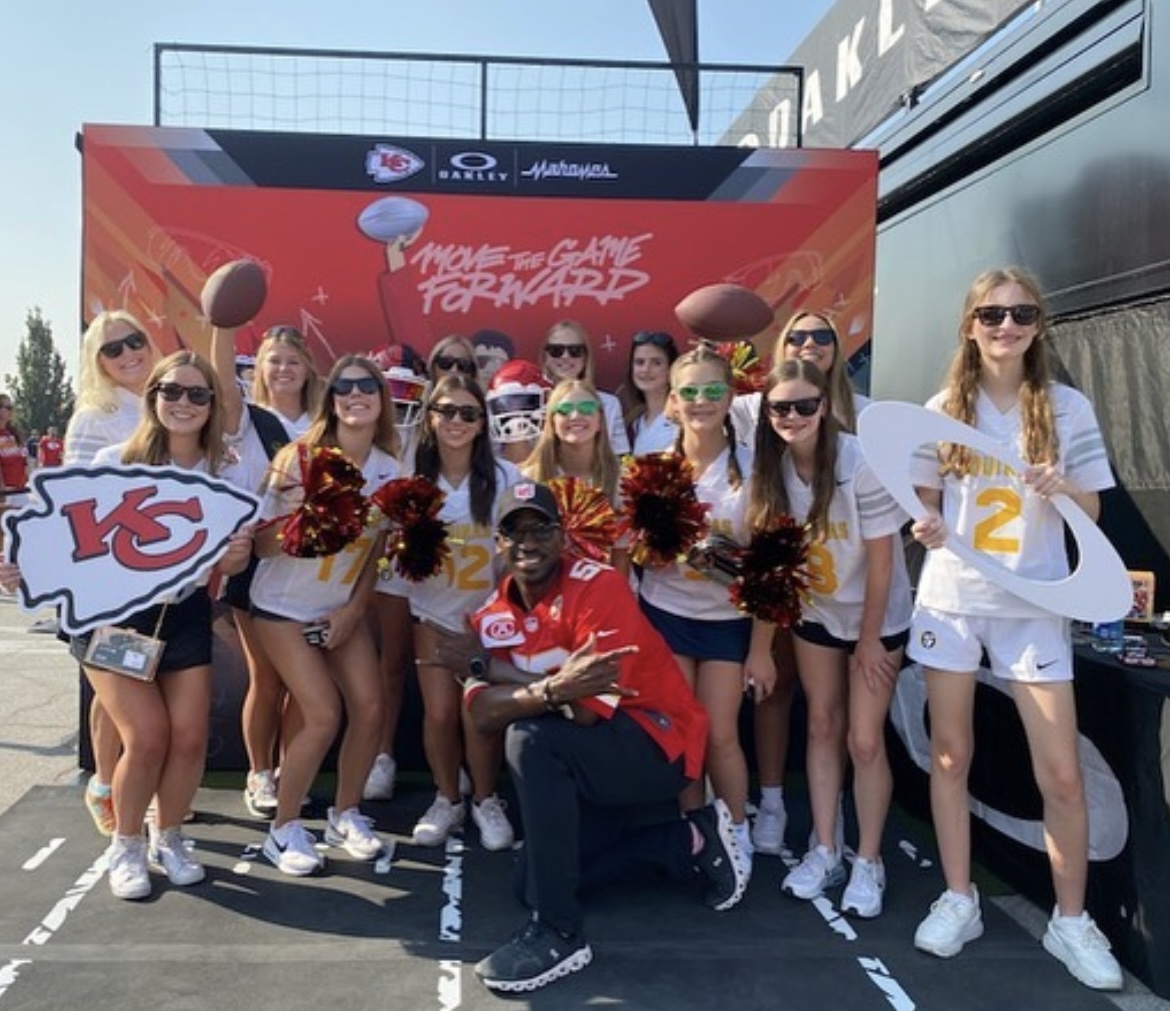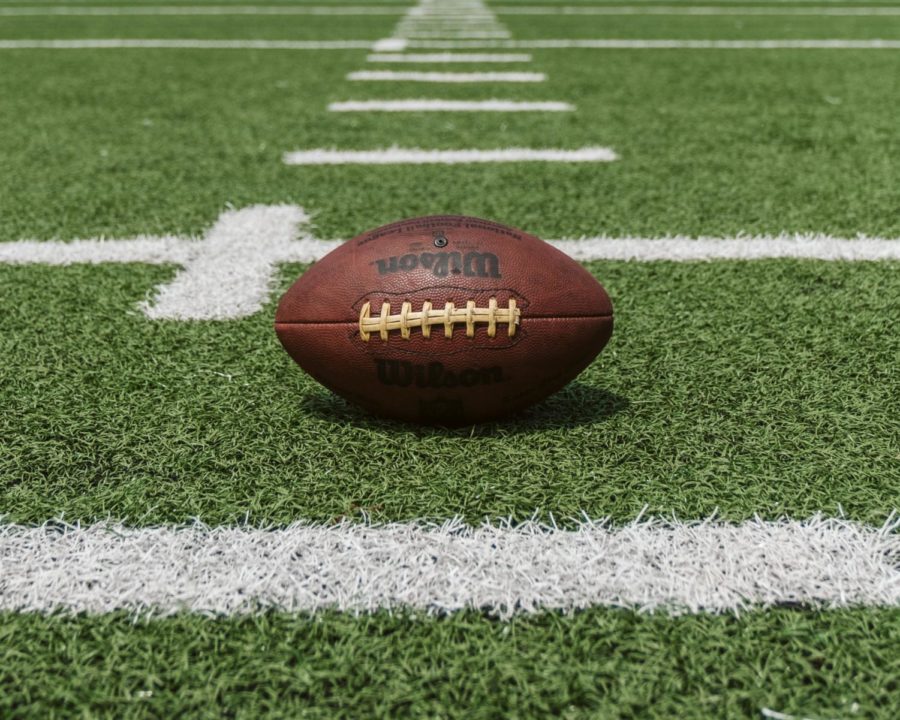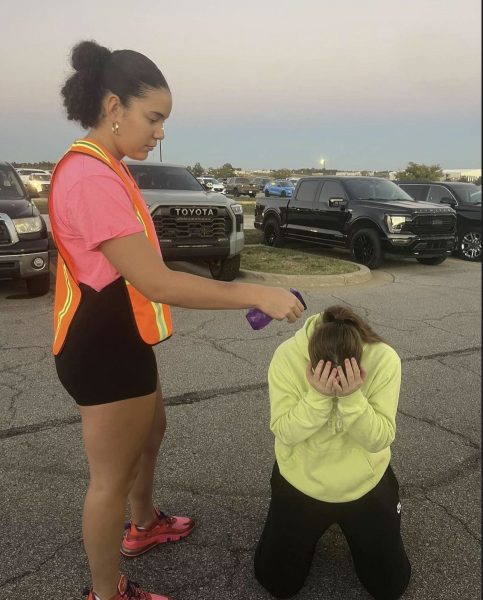What The Heck Is Rugby?
Super Fun, That’s What!
October 21, 2022
Do you need a character building outlet for the stress and frustration of high school and life in general? Then rugby is just what you need! As a diehard athlete, I have played many sports during my grade school and high school career. Basketball and track were my grade school passions as well as one game of football eighth grade year. My first experience of high school sports was cross country during the fall, failing basketball tryouts in the winter (pain), and track and field during the spring as a sprinter and javelin yeeter. Sophomore year was all contact sports, playing an actual season of football during the fall and then finally trying rugby for the first time in the spring.
I had known about rugby freshman year, but I had chosen to run track instead, since I missed it eighth grade year due to Covid-19. That was probably the worst mistake I have ever made. Of all the sports I have ever played, whether on a real team or just for fun, rugby is the most exciting and addictive! No contest. If you are someone who daydreams about breakaway touchdowns and absolutely destroying someone with a perfectly timed tackle, I am telling you: look no further than rugby.
Even though rugby is a spring sport, the club trains all year long. We do workouts during the summer and school year (unless you are playing a fall and winter sport, in which case you are training anyway) and pickup games on the weekends. The Aquinas Rugby Club players have started to have fun pick-up-practices over the weekend hosted by junior Max Doerfler, an amazing rugby player and teammate. It is open to anyone interested in rugby and wanting to know more about the sport and its rules. If you are wondering what rugby is like and if it is worth playing, email [email protected] and I will give you more information about when these team get-togethers are happening. Here is a summary of how rugby is played to hopefully pique your interest.
On the field there are two teams of 15 players (30 players total). Each player has a jersey with a number that specifies their position. 1-8 are the “forwards” and 9-15 are the “backs”. All the positions have different names and purposes. 1 is Loosehead Prop (Left prop), 2 is Hooker, 3 is Tighthead Prop (Right Prop), 4-5 are Locks (Second Row), 6-7 are Flankers, and 8 is just called Number Eight. 9 is Scrum-Half, 10 is Fly-Half, 11 and 14 are Wingers, 12 and 13 are Centers, and 15 is Full-Back. The Forwards are like your linemen who use their size and power to smash into the defense and contest for the ball in scrums and lineouts. The Backs are like the receivers and are usually the faster players who try to break the line of defense with trick plays and quick passes. The back three (11, 14 and 15) are part of the Backs, but they also have to keep an eye on the ball the whole time in order to run after the ball if it is kicked forward and catch the ball if the other team kicks it back. The point of kicking the ball is to try and get the ball farther down the field and put pressure on the opposing team.
When playing defense, you are usually lined up against your opposite number, kind of like man-on-man defense in basketball, but the game is so chaotic that you usually end up guarding whoever is in front of you. There are yellow cards and red cards that the referee will give for players who commit offenses, usually for dangerous play. A yellow card means you are out of the game for about 10 minutes and your team is short a player. A red card means you are permanently out of the game. The rule in high school is you cannot play in the next game too, so try to play safe. There are also penalties that do not result in a card, but rather they become a contest for the ball. These contests are called scrums and lineouts. In a scrum, one player will have the ball and roll it into the scrum to be fought over and kicked to the back by using your feet. The Scrum-Half (9) will then pick up the ball, allowing the defense to run up and try to tackle whoever has the ball. In a lineout, the ball has been kicked out of bounds, which marks where the lineout will be formed. Both teams will have a line of 5 to 7 players who will lift a jumper to catch the ball thrown in-bounds by a player, usually a Hooker (2). Once they catch the ball, they throw it down to their team, putting the ball into play and restarting the chaos.
If you have ever watched a rugby game and wondered why the dude’s teammates are dogpiling on top of him, here is the answer. Once the ball-carrier is tackled, the defense can only take the ball by going straight over the tackled player’s body. This is called the “gate” and you cannot come in and grab the ball from the side, or the ref will make the defense back away. Your teammates have to stop the defense from walking over you and picking up the ball. If a defender is over your teammate and trying to grab the ball, you have to “ruck” them out by hitting them with your shoulders and pushing them backwards off your teammate. Once you have rucked out the defense, another teammate must follow behind you and hold on to the tackled player to block any other defenders from pushing them out. The defense has to wait behind the tackled players feet, which marks the line that puts each team on-sides. The instant the ball is picked up off the ground, the defense can run up and repeat the process of trying to stop any forward motion by the offense and turn the ball over. The whole game is pretty much two teams trying to earn possession of the ball and put it in the opposing teams try zone (end zone) any way they can. It gives you a sense of freedom that football does not, mainly because you are in charge of calling plays and directing the team during the game instead of the coach. Rugby is simply nonstop fun and definitely worth trying out.

